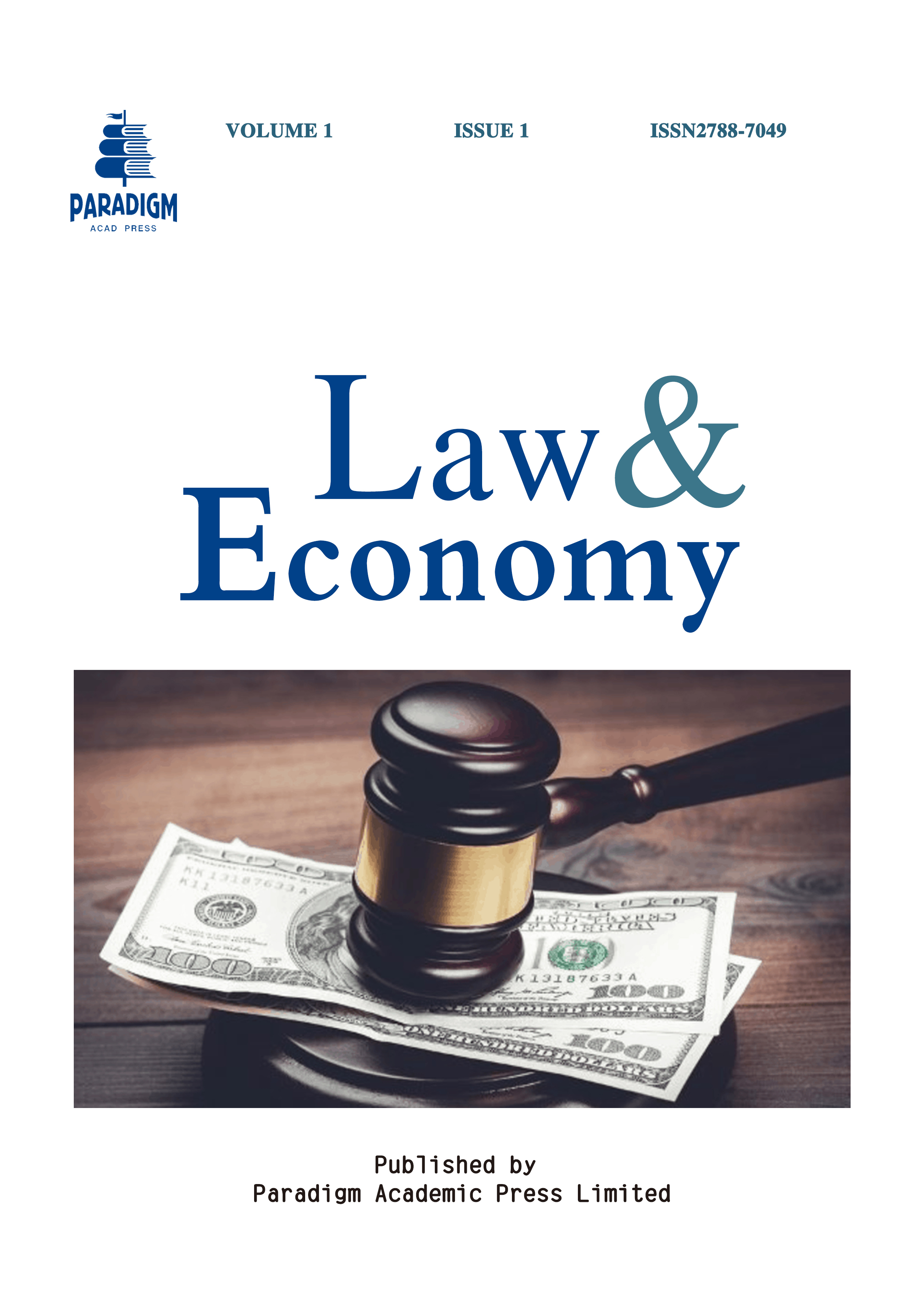Scope Interpretation of Article Xi of the GATT—In Light of the COVID-19 Pandemic
Keywords:
pandemic, export restriction, scope interpretation, GATTAbstract
In early 2020, the COVID-19 pandemic broke out around the world. In order to combat the epidemic and ensure the operation of public health systems, more than 200 countries in the world have issued policies and carried out other related measures to interfere with the production and sales of medicines for COVID-19 treatment and to restrict the export of medical supplies such as masks, ventilators and protective suits. However, most of these measures seem to violate the general quantitative restriction rule of Article XI of the GATT, which makes people re-examine the interpretation and scope of application of this rule. As far as I’m concerned, this pandemic has made it clear that the prohibition under Article XI:1 GATT is overly broad, and the exceptions under Article XI:2(a) is overly narrow.
This essay will analysis the scope interpretation of Article XI of the GATT in two parts. Firstly, by reviewing the Japan-Trade in Semi-Conductors case, the first part suggests that the interpretation of Article XI:1 GATT is very broad and most of the export restriction measures during the pandemic may be clarified as “other measures” further proves that. Secondly, it will consider the view that the pandemic made it clear that the exceptions under Article XI:2(a) overly narrow since the export restriction measures imposed on medical products can hardly see to be “temporarily” and the products can also difficultly see to be “essential”.


